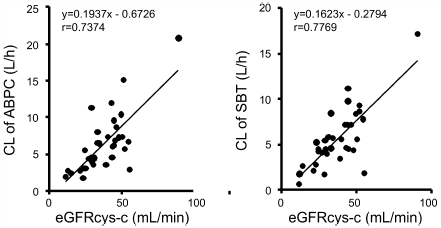- J-STAGE home
- /
- Biological and Pharmaceutical ...
- /
- Volume 44 (2021) Issue 5
- /
- Article overview
-
Kayoko Matsubara
Department of Clinical Pharmacy and Pharmacology, Graduate School of Medical and Dental Sciences, Kagoshima University Ibusuki Kouzenkai Hospital
-
Kazuaki Matsumoto
Department of Clinical Pharmacy and Pharmacology, Graduate School of Medical and Dental Sciences, Kagoshima University
-
Yuta Yokoyama
Department of Clinical Pharmacy and Pharmacology, Graduate School of Medical and Dental Sciences, Kagoshima University
-
Erika Watanabe
Department of Clinical Pharmacy and Pharmacology, Graduate School of Medical and Dental Sciences, Kagoshima University
-
Yuki Enoki
Department of Clinical Pharmacy and Pharmacology, Graduate School of Medical and Dental Sciences, Kagoshima University
-
Akari Shigemi
Department of Clinical Pharmacy and Pharmacology, Graduate School of Medical and Dental Sciences, Kagoshima University
-
Kazuro Ikawa
Department of Clinical Pharmacotherapy, Hiroshima University
-
Hideyuki Terazono
Department of Clinical Pharmacy and Pharmacology, Graduate School of Medical and Dental Sciences, Kagoshima University
-
Norifumi Morikawa
Department of Clinical Pharmacotherapy, Hiroshima University
-
Tamao Ohshige
Ibusuki Kouzenkai Hospital
-
Yasuo Takeda
Corresponding author
Department of Clinical Pharmacy and Pharmacology, Graduate School of Medical and Dental Sciences, Kagoshima University
2021 Volume 44 Issue 5 Pages 732-736
- Published: May 01, 2021 Received: September 28, 2020 Released on J-STAGE: May 01, 2021 Accepted: February 13, 2021 Advance online publication: - Revised: -
(compatible with EndNote, Reference Manager, ProCite, RefWorks)
(compatible with BibDesk, LaTeX)


